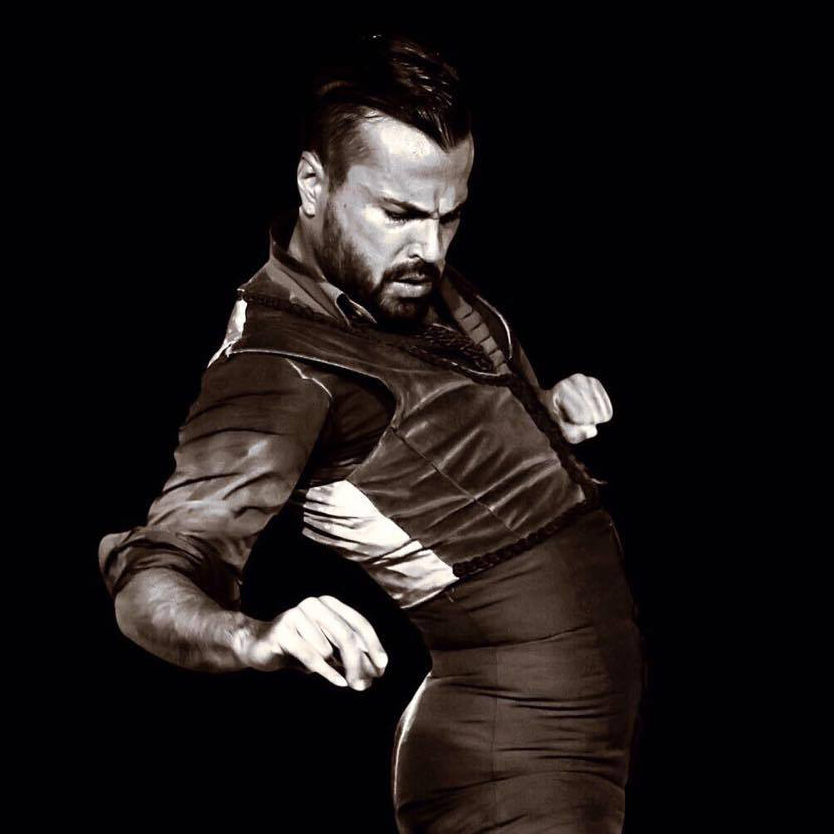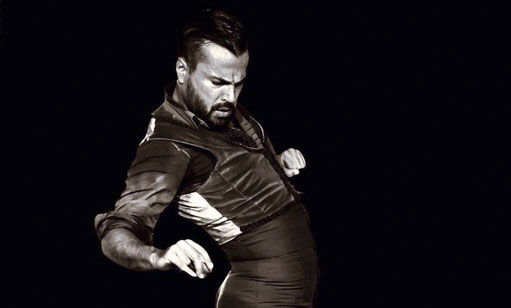Culture Shock: Fuerza Flamenca
The 30Th Annual Flamenco Festival Internacional De Alburquerque Brings Adrián Santana


Courtesy of Adrián Santana

Courtesy of Adrián Santana








